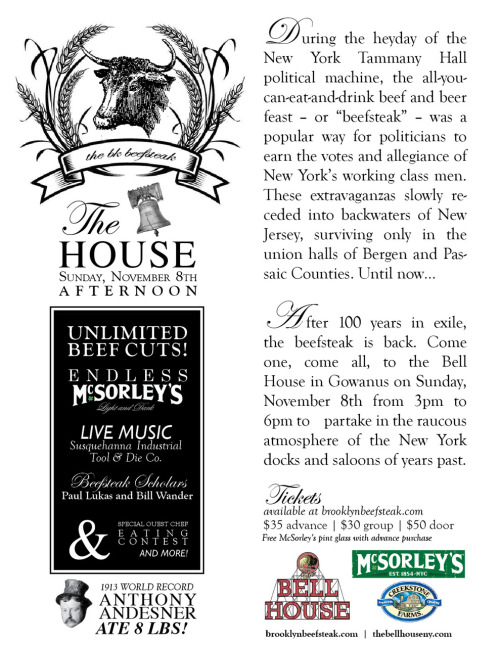My roommate whipped up a batch based on this recipe, from the NPR article "More Evidence that Egg Nog Goes Better with Booze." It's made with raw eggs and an entire bottle of rum. The Nog has to sit around and mellow for a month in the refrigerator. There's a cute video about it here, where scientists test the Nog for signs of salmonella. Preliminary tests indicate that the alcohol kills any bacteria present in the eggs. It's hardly surprising--the nog is so boozey it tastes like creamy astringent.
The scientist's findings inspired me to test out a 19th century egg nog recipe, from Jerry Thomas' wonderful book How to Mix Drinks. On the subject of "Egg Nogg," Thomas has this to say:
Egg Nogg is a beverage of American origin but it has a popularity that is cosmopolitan. At the South it is almost indispensable at Christmas time and at the North it is a favorite at all seasons...Every well ordered bar has a tin egg nogg shaker which is a great aid in mixing this beverageThe Egg Nogg chapter of his book offers a variety of recipes for egg nogg as we know it, in punch form. But the very first recipe is for what I would call an egg nogg cocktail: a single serving drink of eggs shaken up with milk and alcohol. Perhaps this is the way egg nogg was first served, well before it filled holiday punch bowls.
***
81. Egg Nogg
From How to Mix Drinks, or the Bon-Vivant's Companion by Professor Jerry Thomas
1 tablespoon superfine sugar
1 tablespoon cold water
1 medium egg
2 ounces brandy
1 ounce rum
1/2 cup whole milk
1/4 cup shaved ice or two ice cubes
1. The first step depends on what kind of cocktail shaker you have: If you have a Boston shaker, you're going to want to put your ice in the bar glass. If you have a cobbler shaker, put the ice in the shaker. (what kind of shaker do I have?)
2. Dissolve sugar in the water in a bar glass; add egg and beat slightly. Add milk and alcohol.
3.Cover and shake (or add to cobbler shaker) until all ingredients are thoroughly amalgamated.
2. Strain into a pint glass and garnish with grated nutmeg.
***
I am drinking this right now, and I love it. It's not as heavy as a cream-based egg nog, but it is still satisfying my nog cravings. And the best part--it's a single serving! So I can enjoy it anytime without having to mix up large batch.
I also suspect this recipe would be good with bourbon instead of brandy. Either way, I highly recommend it. It's just delicious.
If you need some training for your cocktail shake, I recommend the Hard Shake. And if you're interested in more holiday cocktails with egg, try LeNell's Mae West Royal Diamond Fizz.
And now that I've reached the end of this post...I'm a little tipsy. Congratulations, me.













